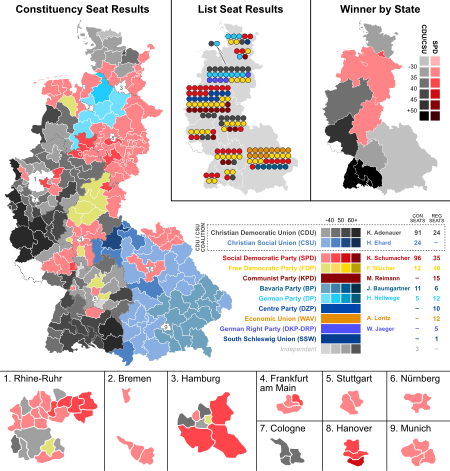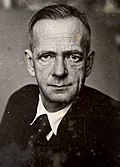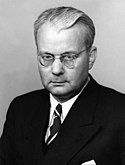User:Thechtoto/sandbox
| |||||||||||||||||||||||||||||
All 3,145 seats in the National Assembly | |||||||||||||||||||||||||||||
|---|---|---|---|---|---|---|---|---|---|---|---|---|---|---|---|---|---|---|---|---|---|---|---|---|---|---|---|---|---|
| |||||||||||||||||||||||||||||
 Results of the federal election by province. Yellow denotes provinces won by the PIP; red denotes provinces won by the Kuomintang; blue denotes provinces won by the DCP. Grey denotes Mongolia, where elections weren't held due to the recent Chinese invasion of Mongolia, and Taiwan which was controlled by the Empire of Japan. | |||||||||||||||||||||||||||||
The 1946 Republic of China federal election was held on 22 October 1946 to elect the members of the National Assembly. They were the first free elections held in China after the end of the Chinese Civil War and were won by the Public Interest Party, with Chen Qiyou becoming the new Prime Minister. Much of the success of the PIP can be attributed to the personal popularity of Chen Jiongming, its founder and long-time leader, who served as the head of state of China up until the election and was viewed by much of the population as the main person responsible for the reunification of China. Chen Qiyou was a close associate of Chen Jiongming and sought to continue his predecessor's policies.
The main opposition party to the PIP was the Kuomintang led by Wang Jingwei. Ever since the suppression of the KMT-led MinGan Insurgency, many members of the National Revolutionary Army fled to Guangzhou where they agreed to cooperate with the PIP to help them unite China under a federalist government on the condition that the Kuomintang would be allowed to run freely in future elections.
Among other opposition parties was the Democratic Constitutionalist Party led by Hu Shih, which was formed in the aftermath of the civil war and was mostly composed of former Zhili and Fengtian statesmen, and as such had most of its support concentrated in the North.
Background
[edit]The victory of the Guangzhou government in the Chinese Civil War and the Second World War at large against the Fengtian government and Japan brought peace to China, however, much of its territory remained devastated by warfare. The new constitution was promulgated in 1944 and defined the new Chinese state as a federal parliamentary republic where elections to the National Assembly would take place every 5 years.
Chen Jiongming announced his retirement as the leader of the PIP in 1945, after which the party congress elected Chen Qiyou, his personal secretary who served in high positions during the Warlord Era and the civil war, as the new president of the party. Chen Qiyou's platform was not much different from that of Chen Jiongming, relying of the priciples of federalism, multi-party democracy and reconciliation between the North and the South.
The Kuomintang, while having abandoned its early revolutionary ambitions, continued its radical socialist program, which included nationalization of biggest industries, expansion of the Industrialization Comission and implementation of a five-year plan. Unlike the PIP, Kuomintang put a heavy emphasis on China's role in the unfolding Twilight Struggle, pointing out the need for China to become a 'vanguard of socialism in Asia' and a potential intermediary between Russia and the Internationale.


